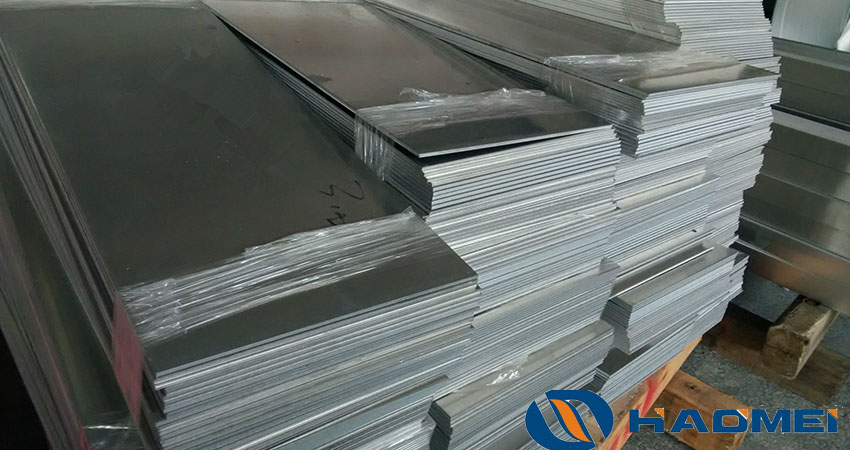Electrolytic Polishing Technique for Aluminium Mirror Sheet
August 23, 2018
Electrolytic polishing technique ranks among the most frequently applied surface treatment methods for mirror finish anodized aluminium sheets. It endows reflector aluminium mirror sheets with high brightness and reflectivity, making them suitable for various applications in decoration and reflection.

In aluminum industry, electrolytic polishing refers to a technical method applying the principle of electrochemical anode dissolution to finish the surface of aluminium sheet metals. Aluminum sheets connected to the positive pole of the direct current power source is placed in the polishing liquid as an anode, and the stainless steel connected to the negative electrode of the direct current is used as a cathode. In this way, an electric field is formed. Influenced by the peaks and valleys on the sheet surface, the dispersion of micro electric fields becomes non-uniform. The power line at the peaks is concentrated to form a large current density, which makes both the electrochemical reaction and the metal dissolution rate faster. In contrast, the electrochemical reaction is relatively slow in the valleys.
In the electrochemical reaction the anodizing phenomenon enhances the formation of a layer of mucous membrane composed of dissolved anode metal and electrolyte. With low conductivity, the membranes are likely to gather in the valleys and hinder the process of anodic solution, which makes the metal at the high geometrical point dissolved rapidly while that at low point dissolved slowly. As a result, the peaks becomes lower and the valleys remains almost the same, and the surface of mirror finish anodized aluminium sheets become smooth and shiny.


 Nydia
Nydia
 Sales Manager
Sales Manager